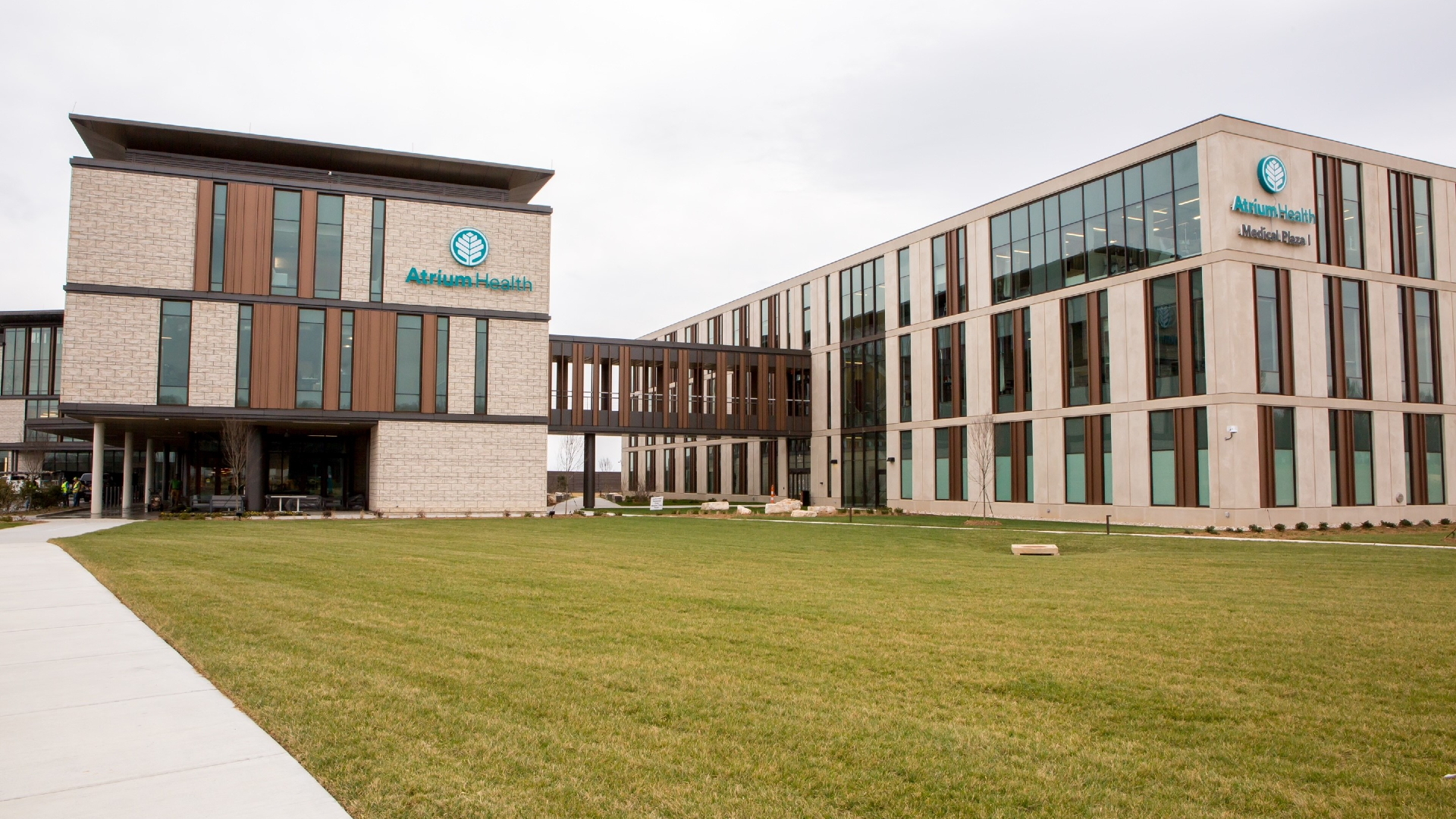In today’s fast-paced world, the terms “health” and “fitness” are often used interchangeably, yet they encapsulate distinct dimensions of our well-being. While health pertains to the overall state of our physical, mental, and social well-being, fitness delves into our ability to perform physical activities and withstand the stresses of daily life. Together, they form the cornerstone of a fulfilling and vibrant existence.
Defining Health:
Health is not merely the absence of disease or infirmity but rather a dynamic state of complete physical, mental, and social well-being. It encompasses various aspects of our lives, including:
- Physical Health: This refers to the condition of our bodies, including factors such as nutrition, exercise, sleep, and the absence of disease or injury. Maintaining a balanced diet, engaging in regular physical activity, and getting adequate rest are essential components of physical health.
- Mental Health: Mental health is crucial for overall well-being and involves emotional, psychological, and social aspects. It encompasses our ability to cope with stress, maintain positive relationships, and navigate life’s challenges effectively. Practices such as mindfulness, therapy, and self-care play significant roles in nurturing mental health.
- Social Health: Humans are inherently social beings, and our connections with others profoundly impact our health and happiness. Social health involves fostering meaningful relationships, engaging in supportive communities, and experiencing a sense of belonging and connection.
Achieving optimal health requires a holistic approach that addresses all these dimensions. It involves making informed choices that promote well-being across physical, mental, and social domains.
Understanding Fitness:
Fitness goes beyond mere physical strength or endurance; it encompasses various components that contribute to overall performance and vitality. These components include:
- Cardiorespiratory Endurance: This refers to the ability of the heart, lungs, and circulatory system to deliver oxygen to working muscles during sustained physical activity. Activities such as running, swimming, or cycling help improve cardiorespiratory endurance.
- Muscular Strength: Muscular strength is the ability of muscles to exert force against resistance. Strength training exercises, such as lifting weights or bodyweight exercises, help build and maintain muscle strength.
- Flexibility: Flexibility is the range of motion around a joint or group of joints. Stretching exercises improve flexibility, enhancing mobility and reducing the risk of injury.
- Balance and Coordination: Balance and coordination are essential for performing daily tasks and participating in physical activities safely. Activities like yoga, tai chi, and balance exercises can improve these skills.
- Body Composition: Body composition refers to the proportion of fat, muscle, bone, and other tissues in the body. Achieving a healthy body composition involves maintaining a balance between body fat and lean muscle mass through proper nutrition and exercise.
The Interplay Between Health and Fitness:
While health and fitness are distinct concepts, they are closely intertwined. A person can be physically fit but still struggle with mental health issues, just as someone in good mental health may lack physical fitness. Conversely, improving one aspect can positively influence the other. For example, regular exercise not only strengthens the body but also releases endorphins that promote mental well-being.
Furthermore, prioritizing health and fitness can enhance overall quality of life. People who adopt healthy habits often report higher energy levels, better mood, improved sleep, and increased resilience in the face of challenges https:/saioh.org/.
Conclusion:
In essence, health and fitness represent the foundation upon which we build our lives. By prioritizing both, we can cultivate a state of well-being that enables us to thrive physically, mentally, and socially. Rather than viewing them as separate pursuits, embracing a holistic approach to health and fitness can lead to a more balanced and fulfilling existence. Remember, it’s not just about living longer; it’s about living better.







